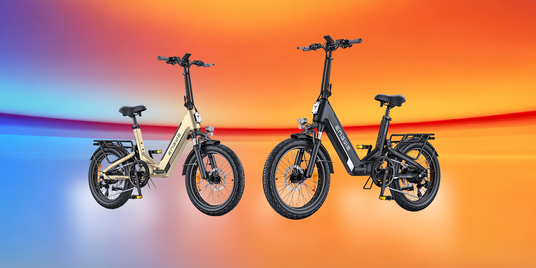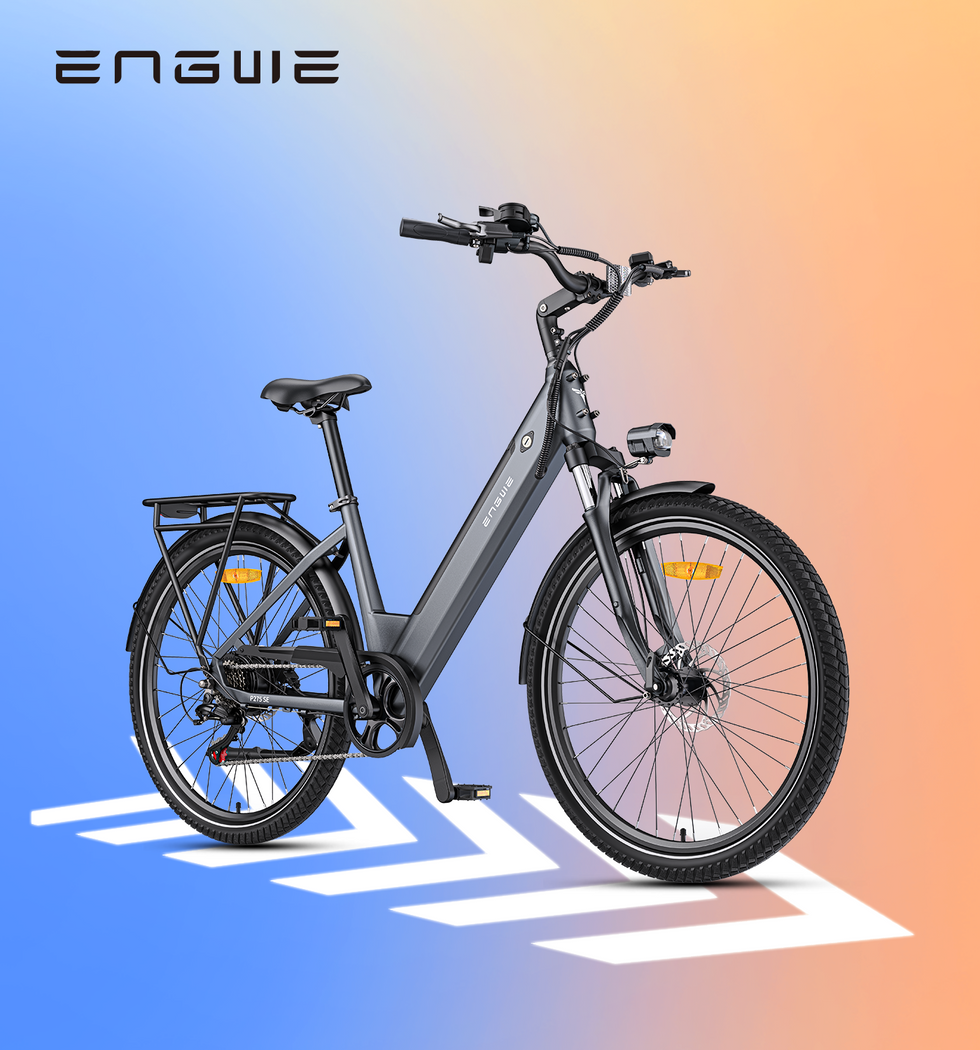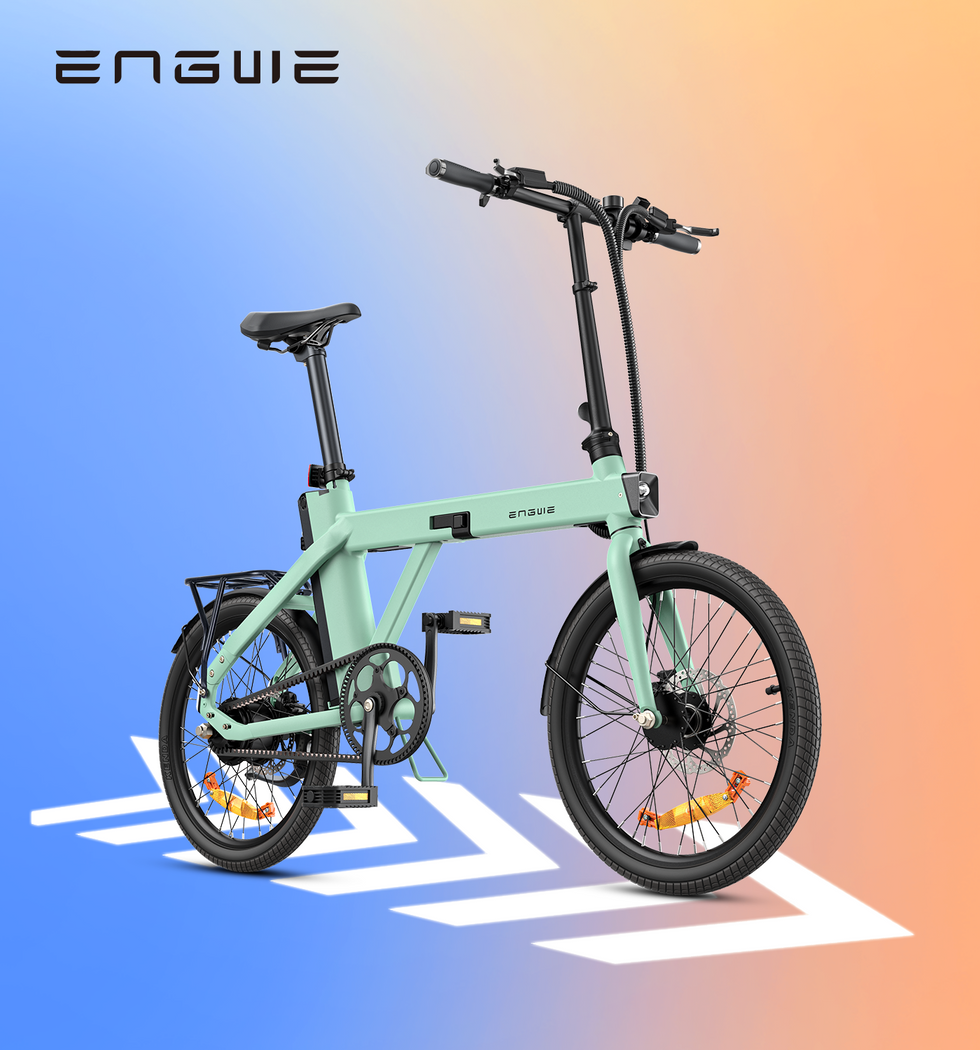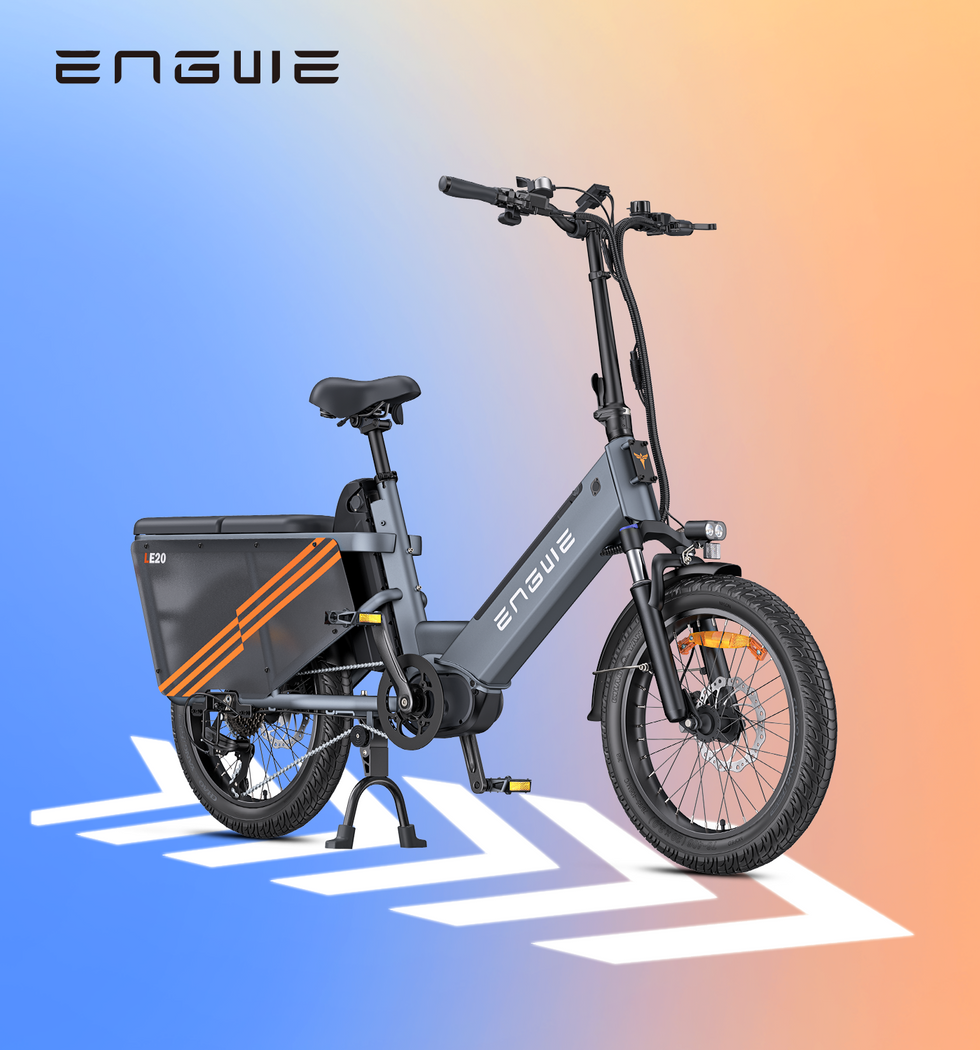Picture a bike that blurs the line between whatever sits on either side of dirt. The one that doesn’t wince at potholes, sneers at sandy paths, and converts fearsome hills into the gentlest of slopes. This is no future vehicle; this is right now and the first of its kind: an All-Terrain, All-Power E-Bike. As a person who at this point has spent countless hours sifting through cesspools of congested urban streets and quiet forest paths, I can tell you that this category of bicycle is not simply a novelty. It's a revolutionary change to what personal transportation can be, and provides an unprecedented sense of freedom and potential that goes beyond standard electric-powered bicycles. That’s replacing the question, "Can my bike do this?" with the emphatic words: "Let's go see."
Discovering a New World of Riding: What Is an Electric Fat Tire Bike?
An electric fat tire bike, in its simplest form, has three key elements. First, there are the wide, oversized “fat” tires—usually measuring four inches or more in width—that act as a sort of natural suspension. They have a huge contact patch with the ground, meaning they give you insane stability and traction on surfaces where you’d simply sink or spin out with a normal bike, such as gravel, mud, sand—and even into loose snow. Second, you have a powerful electric motor built into the bike, often in the wheel hub. This motor gives you a boost as you pedal, increasing your cruising speeds to give you more of that feel-good wind in your hair. And third, you have a rechargeable battery that fuels the motor in order to sculpt your potential range. Combine those elements, and you have a machine that’s half comfort cruiser, half all-terrain shredder, and half city-commuter—a three-by-half combination delivering unparalleled confidence.
Where to Really Ride: Beyond the Beach
The biggest misconception I hear about fat tire bikes is people think the tires are only for extreme conditions such as snow, sand, or deep mud. And while they can perform such tricks, their real power is in their everyday utility. Think of the urban environment. Fallen masonry slabs, potholes, and tram tracks on city streets can be perilous to thin tires. They shrink away beneath you on an electric fat tire bike. The very wide tires do a great job taking care of shock absorption and they roll comfortably over obstructions with no need for fancy suspension, but models that have it can provide an even more forgiving ride.
Get out of town, and their skills really kick in. Gravel paths in the park are leveled into superhighways. Rooty and loose trail is no longer an intimidating menace, but rather a fun perturbation. These bikes have a massive safety advantage for the year-round rider, as that larger tire surface helps to prevent hydroplaning and keep traction better on slick pavement. They allow you to connect rides of a very different nature, letting you go from a dirt ride in the morning to attacking some tarmac on the way into work without needing another bike.

The Rider’s Checklist: Key Features to Look For
So, when you finally make a decision to invest in an electric fat tire bike the details can be quite daunting. Nevertheless, you can narrow things down substantially. The motor is the electric bike’s beating heart: It is power that will flatten hills and get you up to speed. The fuel tank is the battery capacity (in Watt-hours [Wh]). The greater the capacity, the further it can go, so of course, think about what distance you intend to cover in one ride. The brakes are a particularly important safety feature on an electric bike this heavy. Hydraulic disc brakes provide the absolute most stopping power and reliability you will find regardless of the weather and are practically essential. Finally, consider comfort and convenience. How much suspension does the bike have to help absorb the bumps? Do you like the way that the frame is designed; maybe a step-through model makes it easy for people to get on and off or if you are planning on storing this bike then perhaps having one that can fold will make storage and transportation easier.
A Perfect Model of Modern Day Engineering: The ENGWE L20 3.0 Boost
With all that in mind, it’s great to consider a model that merges these areas outstandingly well, and for all of that, the ENGWE L20 3.0 Boost is one of the best picks out there. Designed as the ultimate folding commuter bike, it has ability far surpassing that of most other 20-inch bikes. As to what makes it special, this class is apparently the first full-suspension compact e-bike, and that’s a game-changer for comfort which aims to absorb up to 90% of road vibrations. Power is no problem, of course, with a unique Boost Mode providing an instant 75Nm of torque—ideal for climbing up hills and even nipping through traffic. The ride feel is almost telepathic and is all down to our most advanced torque sensor that also slavishly follows your every command, no matter how savage or gentle it may be, which sets the motor’s assistance directly in line with your efforts. Thanks to its high-capacity 48V 13.5Ah battery, range anxiety is a thing of the past—now you get up to an impressive 135km on the full-battery mode, and with an industry-leading 8A fast charger you will be fully charged in about 2 hours! Both models are also equipped with a set of puncture-resistant 20" x 3.0" tires, strong 180mm hydraulic disc brakes, and a quick-folding design for maximum convenience—making the ENGWE L20 3.0 Boost the perfect mix of power, comfort, and utility.
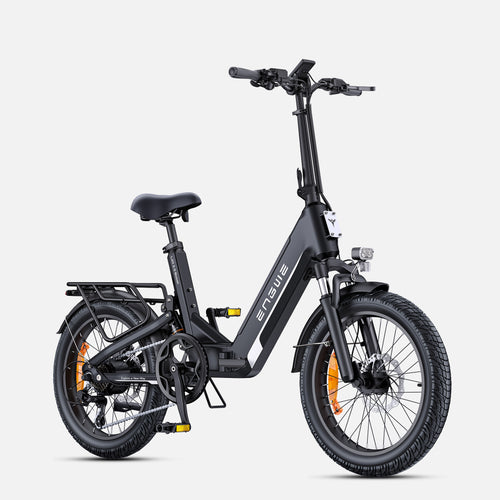
| Feature | Specification |
|---|---|
| Suspension | Full-Suspension Compact Design |
| Torque | 75Nm (Boost Mode) |
| Sensor | Advanced Torque Sensor |
| Battery | 48V 13.5Ah High Capacity |
| Range | Up to 135km |
| Charger | 8A Fast Charger (approx. 2-hour charge time) |
| Tires | 20" x 3.0" Puncture-Resistant |
| Brakes | 180mm Hydraulic Disc Brakes |
| Design | Quick-Folding Frame |
Your First Ride: What to Expect & How to Prepare
Riding an electric fat tire bike for the first time? From the second you begin pedaling, as the motor whirs into action and offers a discreet but insistent push forward, the world looks different. The bike’s weight, which can feel like a lot when you’re parked, somehow disappears once you take off. The most immediate feeling is... stability. Those wide tires give a sensation of being absolutely planted and secure on the road. Swinging it around feels a little different than if you’re used to throwing a nimble road bike about; it’s a more considered, carved turn, but one that incites huge amounts of confidence. Before you leave, here are a few tips. Begin at the lowest pedal-assist level to become acquainted with how the motor engages. Brake a few times in a safe space to get a feel for how powerful the hydraulic discs are. That means, first and foremost, to check your tire pressure. For fat tires, slight adjustments in pressure can make a huge difference to the ride feel: lower pressures give more cushioning on soft surfaces and more grip while higher ones yield added efficiency on pavement.

How To Keep Your Adventure Rolling: Maintenance & FAQs
Keeping an electric fat tire bike in top condition isn’t nearly as difficult as it sounds and is very similar to maintaining a regular bicycle, except for one important inclusion: the battery. Battery care is paramount. To ensure the battery lasts as long as possible, don’t leave it fully drained for extended periods of time, keep it in a temperature-controlled environment and use only the charger that came with your bike. Well, as for the bike itself, the tire pressure is most importantly checked. If you keep your chain clean and lubricated, both smooth shifts and avoiding a premature drivetrain replacement will be well within reach. Keep a close eye on your brake pads and listen for that occasional scraping sound, as it can mean they need to be changed. A quick once-over each week is all it takes to keep your eBike running in top condition, ready for the next thrilling chapter of your adventures.
An electric fat tire bike is not just a means of transportation but also a magic carpet that brings you enjoyment and freedom.
1. Is it difficult to pedal an electric fat tire bike if you run out of power?
Yes, they are more difficult to pedal without power than a standard bike. This is because they weigh more and there is greater rolling resistance from the higher volume tires. But the motor is, after all, made for using consistently; many batteries these days provide long range and you should seldom be in a position where you have to pedal far without assistance.
2. What is the comparison between a Torque Sensor and a Cadence Sensor?
A cadence sensor turns the motor on the instant it senses you are pedaling. It’s an on/off setup, so it can feel a bit jerky at times. A more sophisticated torque sensor gauges how hard you are pressing on the pedals and provides a corresponding degree of motor support. This creates a far smoother, natural, and responsive riding experience that feels like an extension of your own power.
3. Do fat tires get punctured more often?
This is a common myth. Although their increased size might make fat tires seem as if they’re a larger target, in reality, they are run at much lower pressures. This enables them to deform and roll over glass or thorns that would certainly puncture a high-pressure road bike tire. Several are also constructed with targeted puncture-resistant layers for durability.
4. What about riding an electric fat tire bike in the rain?
Generally, yes. Like most electric bikes, the bike’s electrical components—its motors and batteries—are water-resistant, not waterproof. This means that they will be fine to ride in rainy weather and through puddles. It's okay to use a pressure washer, but not directly on electronics, and do not fully submerge the bike.
5. What do these bikes generally weigh?
Electric fat tire bikes typically weigh more than their non-electric counterparts thanks to the electric motor, battery, and heavier-duty frame. They weigh 25–40 kg (55-90 lbs). You notice this weight when you lift the bike, however once moving it’s not an issue and the motor overcomes the added heft. That weight also helps the bike maintain a stable, planted feel on the road.
